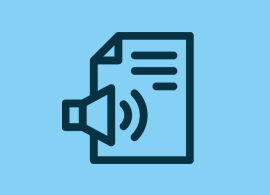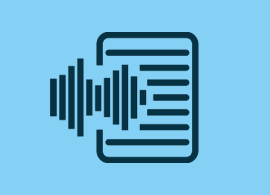Loading...
Transcription involves transforming audio or video content into written text, facilitating its utilization across various mediums such as reading, analysis, and examination. This practice is widespread in generating textual content for videos, audios, business meetings, interviews, speeches, lectures, seminars, conferences, etc. Common file formats for transcription include Word (.doc or .docx), text (.txt), PDF (.pdf), and HTML

It involves capturing spoken language verbatim, encompassing all details beyond just words, such as humming sounds, moments of silence, pauses, laughter, etc. This form of transcription is crucial in recordings where reactions and behavior are as vital as the spoken words for conveying the central message.

this type represents an enhanced iteration of Verbatim Transcription, wherein all fillers are excluded. Additionally, the document undergoes further edits and modifications, including grammar correction, removal of certain words, and skipping irrelevant notes, with the aim of enhancing readability and comprehension.

the transcriber possesses some flexibility to edit the content by selectively removing portions of the audio or video file. This is done to enhance clarity, readability, and the overall appeal of the final document. This type of transcription is particularly employed when transcribing from one language to another.